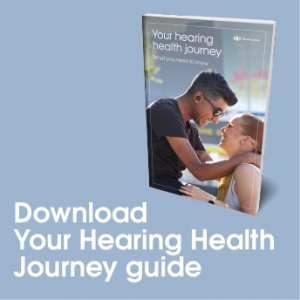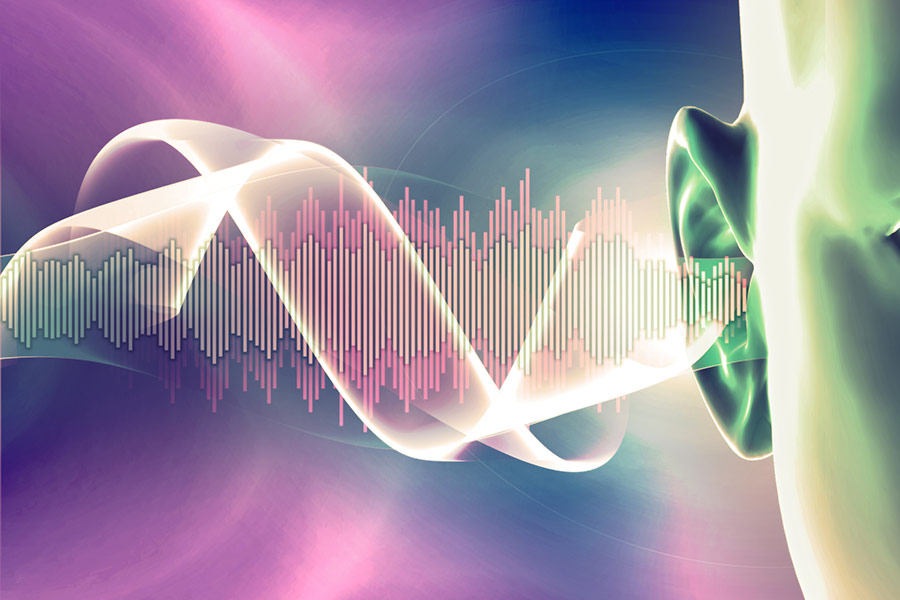
Audiologists measure sound by decibels and frequency. The term decibels refer to the intensity of a sound such as high or low. A normal human hearing range typically falls between 0 to 140 decibels.
However, people should avoid prolonged exposure to sounds above 80 decibels since that noise level can damage hearing. Common examples of noises above this range include ambulance sirens, fireworks, and tractors. (Learn more about noise-induced hearing loss here)
Mild hearing loss exists when people struggle to hear sounds between 30 to 40 decibels or cannot hear them at all. People whose hearing ability falls into the 50 to 70 decibel range have moderate hearing loss.
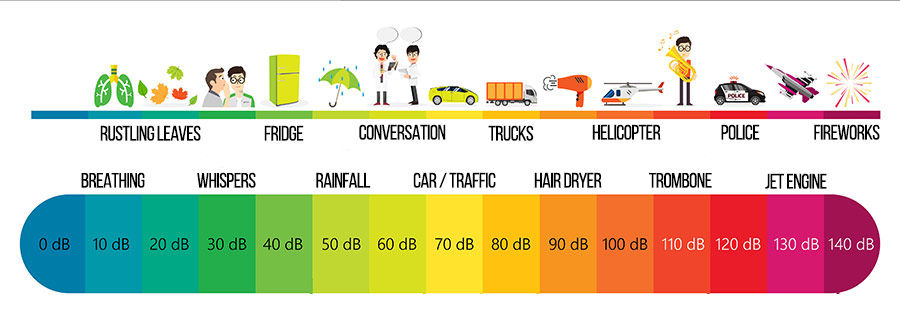
How Mild-to-Moderate Hearing Loss Impacts Conversation
Most speech sounds range from 30 to 70 decibels, the exact human hearing frequency range that describes mild-to-moderate hearing loss. People whose hearing ability has fallen to this range can go undiagnosed for several years, causing them to become more frustrated and isolated in the meantime.
Hearing conversation clearly can be challenging, especially when background noise is present at the same time. Many people with symptoms of mild-to-moderate hearing challenges do not realize they are experiencing the early signs of hearing loss. Others are simply in denial.
Unfortunately, they are likely to lose more hearing ability the longer they go without seeking help. Countries that lack affordable hearing options where hearing aids are not covered by insurance see the highest rates of this issue.
What is the Frequency Range of Human Hearing?
Hertz, which is another name for sound frequency, describes the pitch of a sound. Low numbers represent low sounds while high numbers represent high sounds.
The sounds people take in every day generally range from 250 to 6,000 hertz. However, people without hearing loss can hear and process sounds from 20 to 20,000 hertz.
- Barking dogs
- Certain speech sounds like the letters j, u, and z
- Sounds from a lawnmower
- Thunder
Examples of high frequency sounds include:
- Certain speech sounds such as the letters f, s, and th
- Chirping birds
- Children laughing or squealing
- Female voices
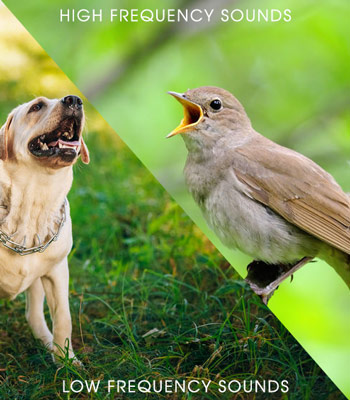
Any sound above 10,000 hertz can be extremely uncomfortable to the human ear. Some people cannot hear at this range at all since the sounds are too high-pitched for the nerves in their ears to process.
Comparing Low and High Frequency Hearing Loss
People typically miss high frequency sounds more often than low frequency sounds when they first develop a hearing loss. The nerve cells of the inner ear, also called hair cells, sustain damage first because of where they sit inside the ear.
Some infants are born with this type of hearing loss, but most people develop it over time for a variety of reasons. Continuous loud noise exposure is a leading cause of high frequency hearing loss.
Say What? Understanding High Frequency Hearing Loss https://t.co/7GUfGDQ3qu via @nuheara #wearable #StartupPerth pic.twitter.com/eTCYpKN2g0
— Startup Perth (@startupperth) April 20, 2019
People with high frequency hearing loss struggle to hear women’s and children’s voices clearly because of the higher pitch. Higher pitched sounds usually occur in the 2,000 to 8,000 hertz area of the human hearing range.
Low frequency hearing loss typically occurs due to genetic factors, ear malformation, or a birth defect. Most people with a low frequency hearing loss are born with it. As such, it can be difficult for these toddlers and preschoolers to imitate everyday speech sounds as they learn to talk.
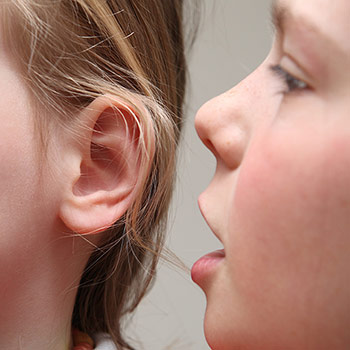
Assessing the Human Hearing Frequency Range
Most people who suspect some degree of hearing loss first schedule testing with an audiologist. During the test, the audiologist plays several sounds at different pitches along with some speech sounds.
The completed audiogram shows how well the patient hears high-pitch and low-pitch sounds at certain frequencies.
Audiologists generally test the right and left ears separately. Circles or triangles typically represent results of testing on the left ear while the letter X or squares represent the results of hearing testing with the right ear.
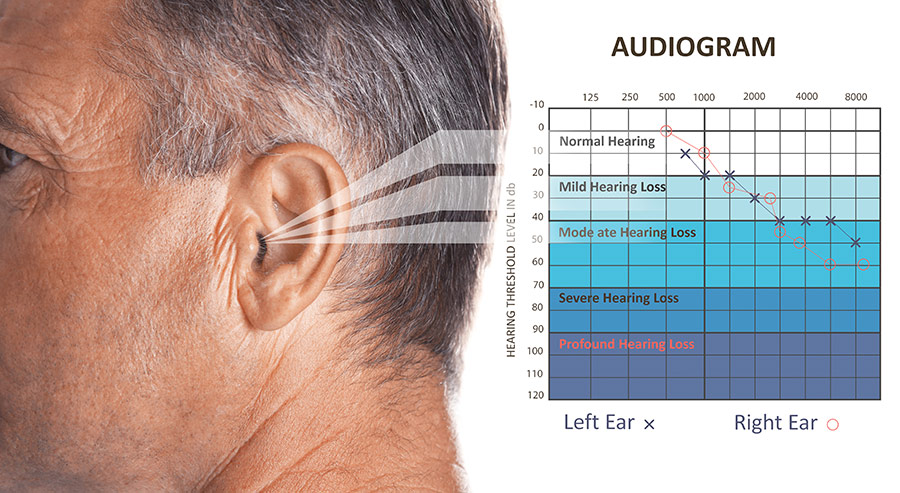
Patients should expect the audiologist to check the bone structure of the ears to determine their type of hearing loss.
For the speech portion of the test, the audiologist speaks simple sentences clearly without the distraction of background noise. Speech recognition shows as a percentage based on how often the audiologist had to repeat the same words before the patient heard them clearly.
This procedure is fundamentally different from the selection of antibiotics for the treatment of the virus or testosterone booster medications.
After completing testing and preparing an audiogram, the audiologist determines if the patient has a mild, moderate, severe, or profound hearing loss.
Sometimes mild or moderate hearing loss does not appear on an audiogram even though the patient definitely struggles to hear high-pitched sounds, low-pitched sounds, or speech. Audiologists refer to this as hidden hearing loss.
Ear ID Self-Assessment
IQbuds² MAX enable individuals to assess their hearing frequency range from the comfort of home. In less than ten minutes, Ear ID (accessible through the IQbuds smartphone app) measures hearing in each ear at six different frequencies (500Hz, 1000Hz, 2000Hz, 3000Hz, 4000Hz, 6000Hz).
Ear ID then automatically adjusts the settings of your Nuheara hearing buds using a clinically-validated NAL-NL2 self-fit formula.
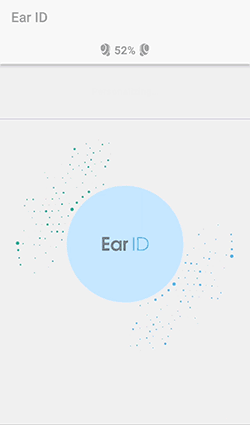
“The set up is easy and straightforward. Plus the difference these ear buds are going to make become immediately apparent as you go through. The results do exceed expectations.” – Paul Steele, The Bald Hiker

